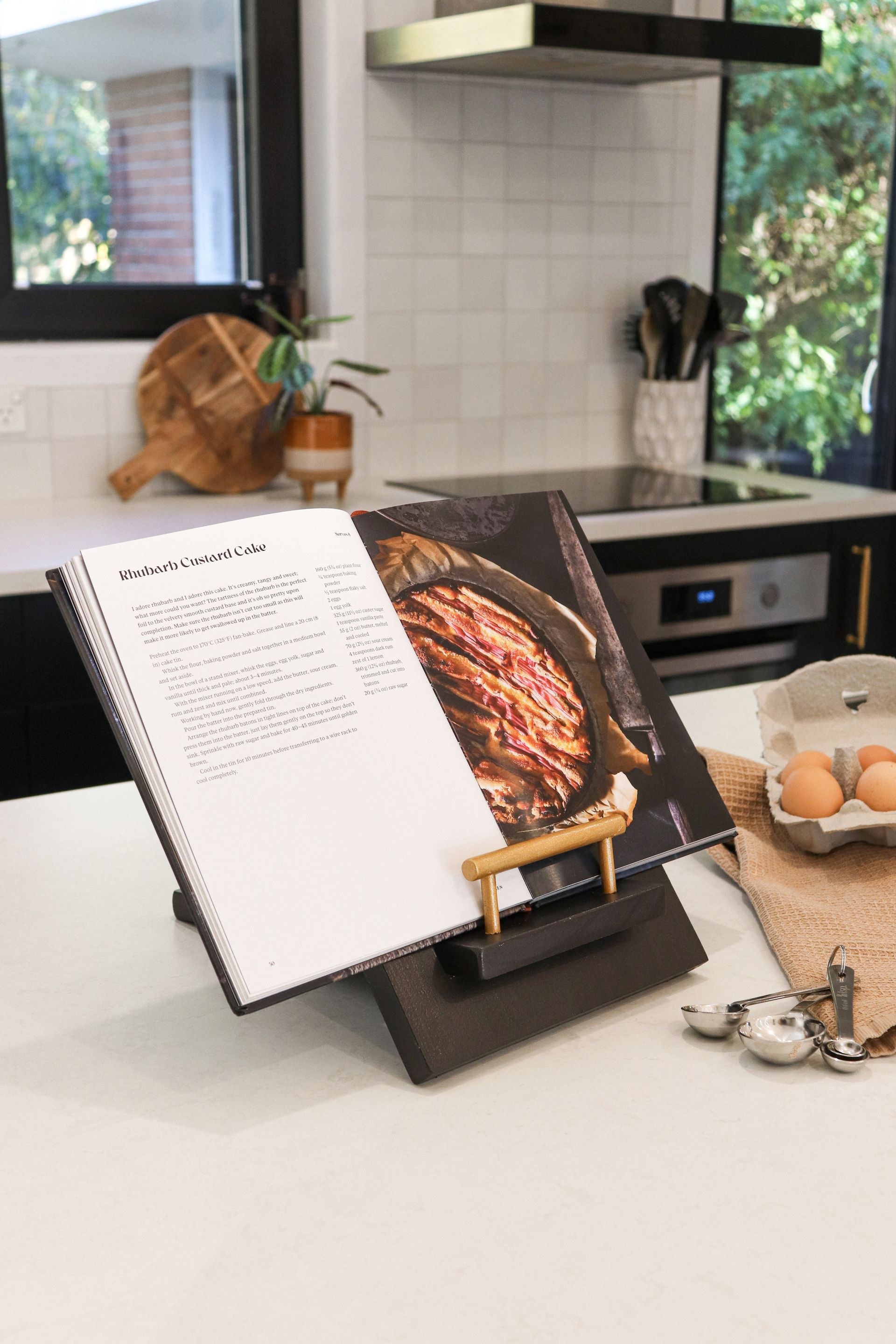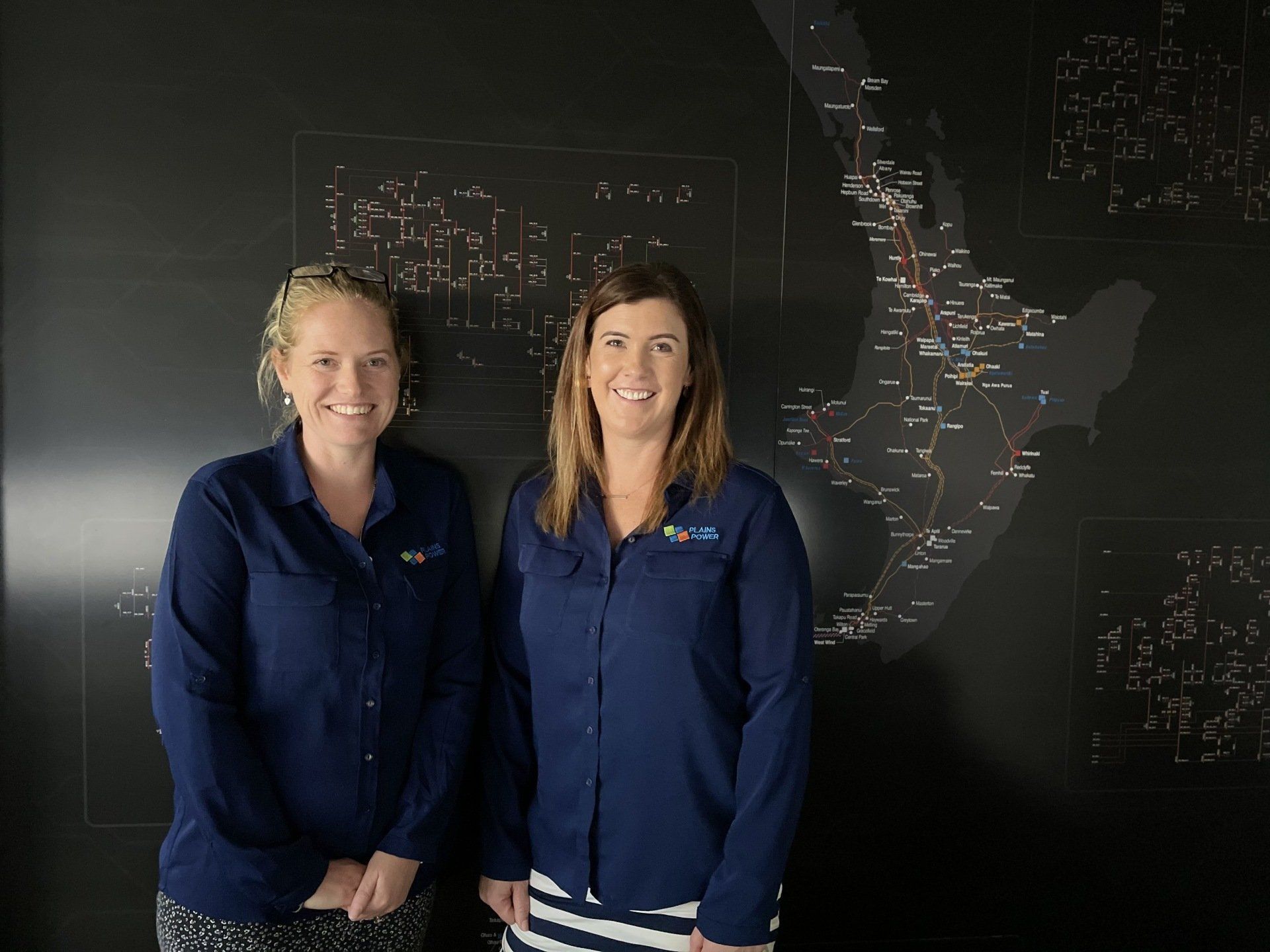Many of us have thought about it, but not many of us have done it: seen an opportunity, jumped in at the deep end and taken on the big boys. For Ashburton’s Emma and Pete Summerfield, however, that is exactly what they did.
In 2018, having seen a gap in the market for a more nimble, customer-focused power company, young husband and wife duo Emma and Pete Summerfield took a leap of faith and dived in. ‘A lot of our friends and family were a bit skeptical at the start,’ laughs Emma. ‘I mean, how many people own and operate their own power company?’
An electrician by trade, Plains Power was Pete’s brainchild. Having done a stint in Western Australia, immersed in the solar industry, he returned back to Ashburton to start up an electrical business (Auric Electrical). Before long he could see changes happening within the industry and got thinking about how he could be involved.
‘We saw a massive gap in the market for people that wanted to deal locally,’ explains Emma. ‘People who wanted to know they could pick up the phone and talk to someone who could help and make decisions, without being passed around a call centre.’
A simple concept that has formed the basis of their business, and their success. ‘Despite the fact all energy companies are buying in the same market, we knew we had to be competitive with our pricing,’ she continues, ‘while being focused on delivering an outstanding service to the market. We are not wanting to aggressively grow our share across the country, which lets us focus on the people we deal with in Canterbury.’
Once the decision had been made it was baptism by fire with energy prices skyrocketing within months of their launch. ‘Our timing of entry couldn’t have been any worse, or as we look at it, any better,’ shares Emma. ‘The lessons we learnt were paid for from hard-earned money or sleepless nights, so they won’t be forgotten. We consider ourselves lucky, as the timing of the market madness meant our volumes were low. If it had have happened two years later and we weren’t prepared, a $50,000-a-month loss could have easily been $500,000 a month.’
The customer service aspect of the role has come easy for Emma who had spent 13 years working as a rural banker and still relishes being able to get out and about to talk to clients. ‘It is always me on the end of the phone,’ she explains. ‘If anyone has a problem or a question, I am there talking them through it.’
For farm and rural operations, Emma’s ability to understand their unique needs is what is setting them apart. ‘It is in these businesses that we can really add value, beyond just customer service.’
Emma is quick to agree that energy is one of those utilities that people still think of with a negative spin. ‘Everyone always feels like they are being ripped off,’ she shares. ‘I enjoy working with clients to talk through their bills and options so that they can really understand how it works, and who and what they are paying.
‘It has been a very interesting journey,’ concludes Emma, ‘and certainly a complex one, but three years in, [Plains Power] is very established, we have proven we can do it. And we are incredibly proud of what we have achieved.’
And so they should be – it is no small feat considering the brand power of some of their biggest competitors.
For more information, visit plainspower.co.nz.
Recent stories






